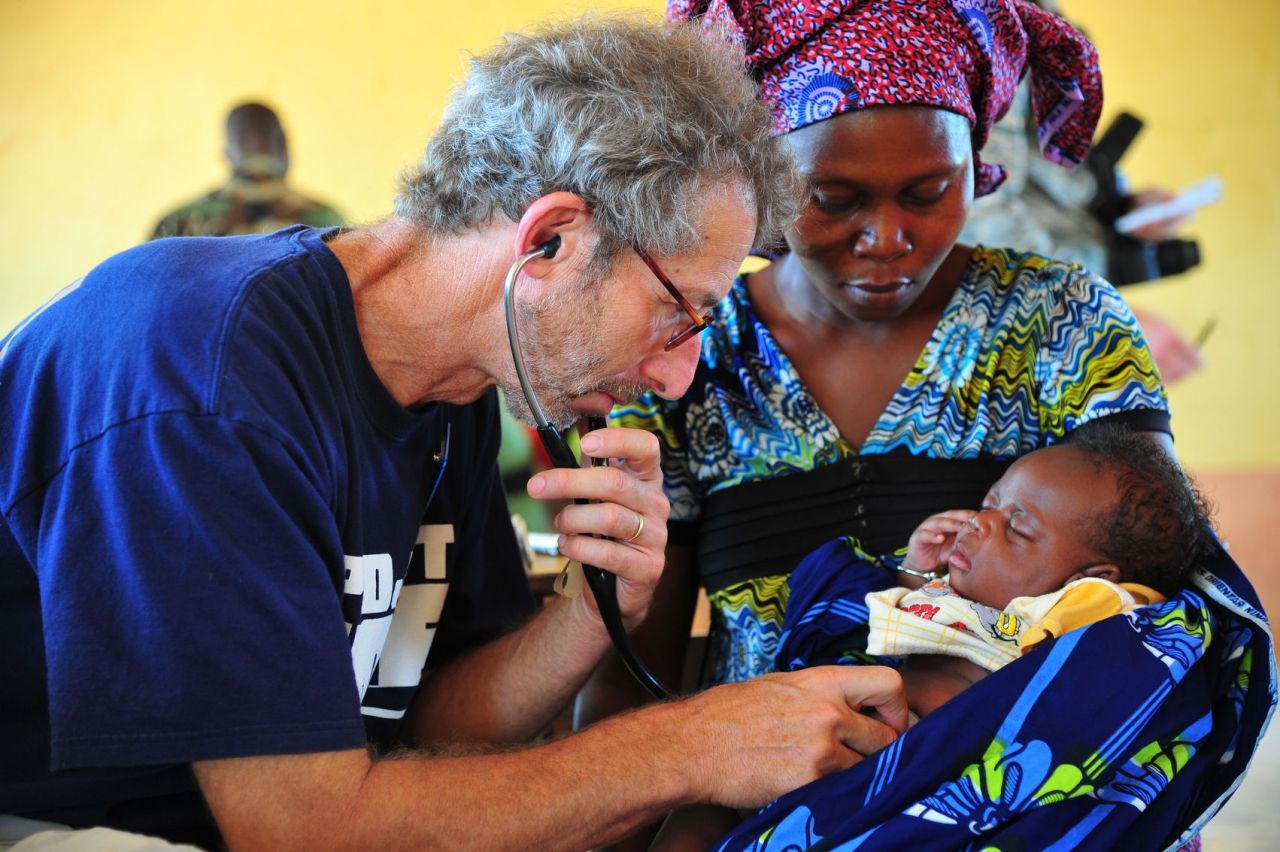Written by Michael Keller at Txchnologist, June 11, 2015
In the developing world, life is unsure from the very first breath. In Angola, 167 newborns out of 1,000 won’t make it to the age of 5. It’s a staggering statistic when you stop and think about it: Nearly 17 percent of children born in the country in 2014 won’t make it to 2019.
The picture remains disheartening across the continent—World Bank data shows that 28 of the 30 countries with the highest childhood mortality rates are all within Africa. Yet the risk to children born in the U.S. is comparatively tiny, with only 0.7 percent not making it to the age of 5. And the mortality rate is even lower in other developed countries, diminishing to only 2 children per 1,000 dying before age 5 in Iceland and Luxembourg.
There are a number of drivers to this massive disparity between developed and developing countries, but one of the largest is access to healthcare. A new mobile medical intelligence app being developed by doctors and software developers is designed to decrease that gap.
Spearheaded by Dr. Barry Finette, a pediatrician and research scientist at the University of Vermont, the system lets frontline healthcare providers regardless of skill level assess a sick child’s condition as accurately as a pediatrician more than 80 percent of the time. It’s called MEDSINC, short for Medical Evaluation and Diagnostic System for Infants, Children and Newborns. By recommending treatments and alerting when its critical to seek hospital services, the program could improve children’s health in areas with no access to specialists.
“Almost 10,000 infants and children die every day from diseases that could be prevented with early clinical assessment and treatment,” Finette told Txchnologist. “We’re looking to address globally a significant health need in these children less than five years old.”
The app isn’t meant to diagnose specific diseases, he says. Instead, it asks a clinic worker standing in front of a sick child 25 short questions to assess the severity of the condition. Is the child vomiting? If so, how often? Is the child drinking well? “As a pediatrician, that’s exactly what we do to figure out how to treat a child,” Finette says. “To make a diagnosis of pneumonia is a clinical decision, but if a child has breathing or other problems, then my job is to implement treatment—reverse dehydration, stop diarrhea, or whatever it is.”
It rates the patient based on the same parameters a pediatrician uses: severity of respiratory distress, dehydration, malnutrition and risk of infection. It can then spit out recommended treatments. The assessment and recommendations are based on available scientific literature and World Health Organization standards.
They’ve been testing a MEDSINC prototype at the University of Vermont and in Peru and Bangladesh, and erected a “benefit corporation” around it called THINKmd to continue development and bring it to market.
So far, its interface is built in English and Spanish. The app, which can be installed on a smartphone or tablet, initially needs a connection to the Internet to download the necessary clinical data and program. Afterwards, though, it can operate on its own. Finette expects to launch it this fall.
“We feel pretty good about how it’s working and the response we’ve received from healthcare workers has been overwhelming,” Finette says. “People say it helps them learn how to treat children and expands their capabilities. We designed it so it’s easy to ramp up, from a half hour training session to then using it to assess patients.”
MEDSINC is being designed to be a teaching tool that improves local healthcare capacity as much as a medical intelligence platform. Videos and photos are embedded in the app to teach workers how to collect data. And the system is also being designed with an eye to using it for public health and epidemiology studies by giving researchers data that can be analyzed later.
In the future, he hopes that the platform can be integrated with up-and-coming mobile diagnostic devices to expand its use. It’s condition assessment role means it could be the foundation that biometric monitors, lab-on-chip devices and portable medical imaging connect to so that healthcare providers can provide diagnosis at the point of care.
During a recent trip to Peru, Finette brought MEDSINC to a spartan clinic located in the Andean city of Cusco. He gave the workers there—nursing students, assistants and nurses—a brief training on how to use the app, then turned them loose on young patients.
“This place had no real resources—one or two thermometers in the entire clinic—and is seeing hundreds of patients a day,” he says. “There are one or two physicians on site, but a pediatric patient wouldn’t be seen by a doctor unless the nurse thinks the child is sick.”
After the healthcare worker completed the assessment with MEDSINC, Finette and a local doctor would follow behind and go through the regular assessment they normally perform. “We got up to 80 percent correlation between unskilled workers using the app and the doctors doing the assessment,” he says. According to the literature, that success rate matches how often two pediatricians agree on a patient assessment. “We were hoping for around 70 percent correlation, so we felt comfortable we’re on the right track.”
Top Image: Dr. Barry Finette assesses a tiny patient at a clinic in Togo, West Africa. Courtesy of Barry Finette.

